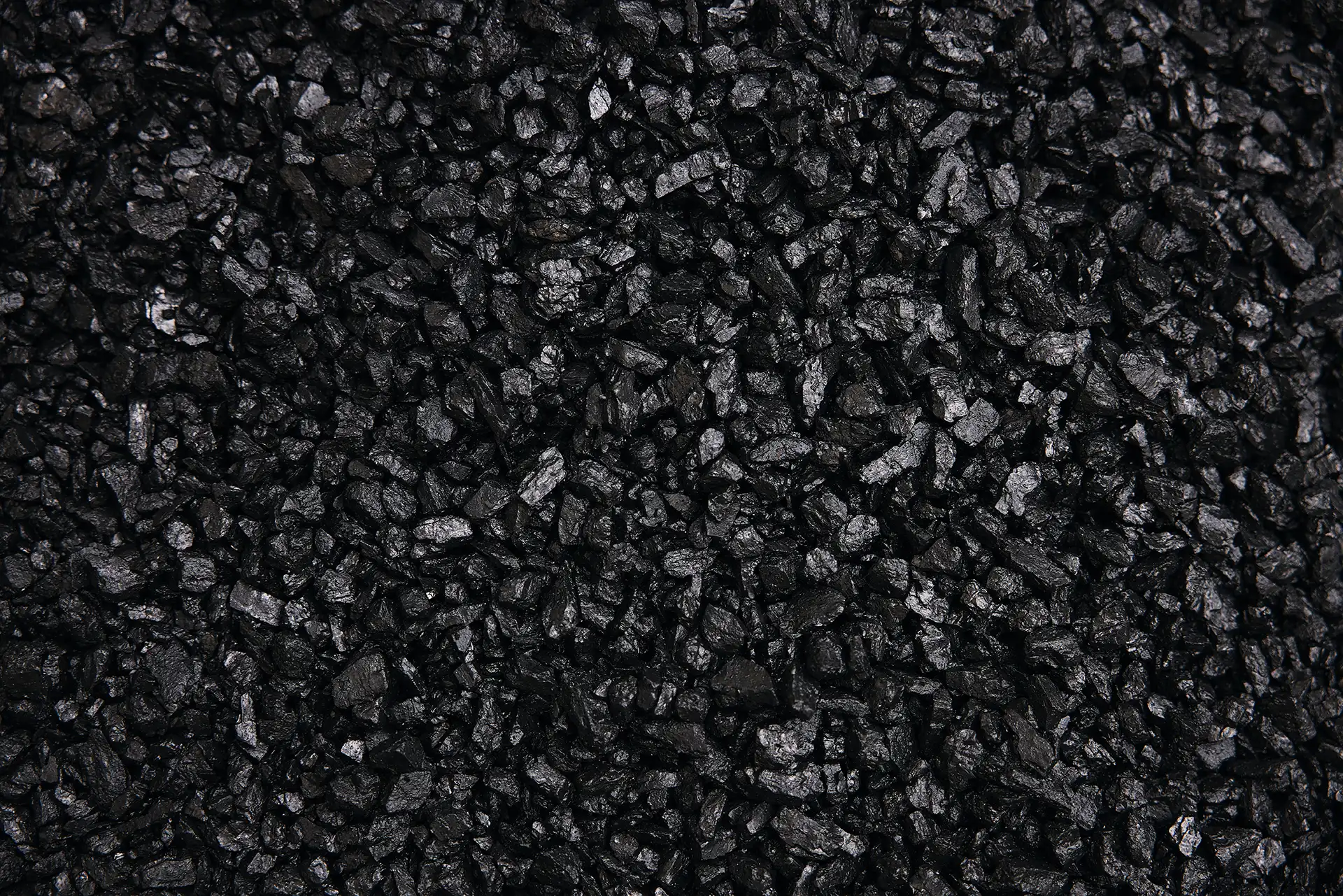Carbon black derived from tires, a byproduct of the tire recycling process, holds significant value in various industries. This article explores the nature of carbon black from tires, its production methods, distinctive properties, and diverse applications across different sectors.
What is Carbon Black from Tires?
Carbon black from tires is a type of carbon black produced through the pyrolysis or thermal decomposition of waste tires. Pyrolysis involves heating tires in the absence of oxygen, leading to the breakdown of rubber compounds and the formation of carbon black as a residue. This process not only diverts waste tires from landfills but also creates a valuable resource for numerous applications.
Production Process
The production of carbon black from tires involves the following steps:
- Tire Shredding: Waste tires are shredded into smaller pieces to facilitate the pyrolysis process and increase surface area for efficient heat transfer.
- Pyrolysis: The shredded tires are subjected to high temperatures in a reactor, typically ranging from 400°C to 800°C, in the absence of oxygen. This thermal decomposition process breaks down the rubber components of the tires, yielding gaseous, liquid, and solid products. Carbon black is the solid residue obtained from this process.
- Carbon Black Recovery: The carbon black is separated from other pyrolysis products through processes such as filtration, cyclone separation, or condensation.
- Processing: The recovered carbon black may undergo further processing, including pelletization, milling, and surface treatment, to tailor its properties for specific applications.
Properties of Carbon Black from Tires
Carbon black derived from tires exhibits properties similar to traditional carbon black, with some unique characteristics:
- Particle Size and Structure: The particle size and structure of carbon black from tires can vary depending on factors such as pyrolysis conditions and tire composition. However, it typically consists of nanometer-sized particles with a high surface area to volume ratio, providing excellent reinforcement properties.
- Surface Chemistry: Similar to conventional carbon black, the surface chemistry of carbon black from tires can be modified to enhance its compatibility with different matrices and improve its performance in various applications.
- Environmental Sustainability: Utilizing carbon black from tires contributes to environmental sustainability by diverting waste tires from landfills and reducing the demand for virgin carbon black produced through conventional methods.
Applications of Carbon Black from Tires
Carbon black from tires finds applications across various industries:
- Rubber Manufacturing: Like traditional carbon black, carbon black from tires is used as a reinforcing filler in rubber compounds to enhance mechanical properties such as strength, abrasion resistance, and resilience in tire production and other rubber products.
- Plastics: In plastics manufacturing, carbon black from tires serves as a pigment and additive to impart coloration, UV stability, and improved mechanical properties to plastic products.
- Construction Materials: Carbon black from tires can be incorporated into construction materials such as asphalt, where it improves the durability, strength, and resistance to aging and UV degradation.
- Inks and Pigments: Carbon black from tires is utilized in the production of printing inks, toners, and pigments, providing deep black coloration and enhancing lightfastness in various applications.
Through tire recycling and pyrolysis processes, waste tires are transformed into a valuable material that contributes to environmental sustainability and resource conservation. As industries continue to prioritize sustainability and seek alternative raw materials, carbon black from tires is poised to play an increasingly significant role in the circular economy and the drive towards a more sustainable future.








